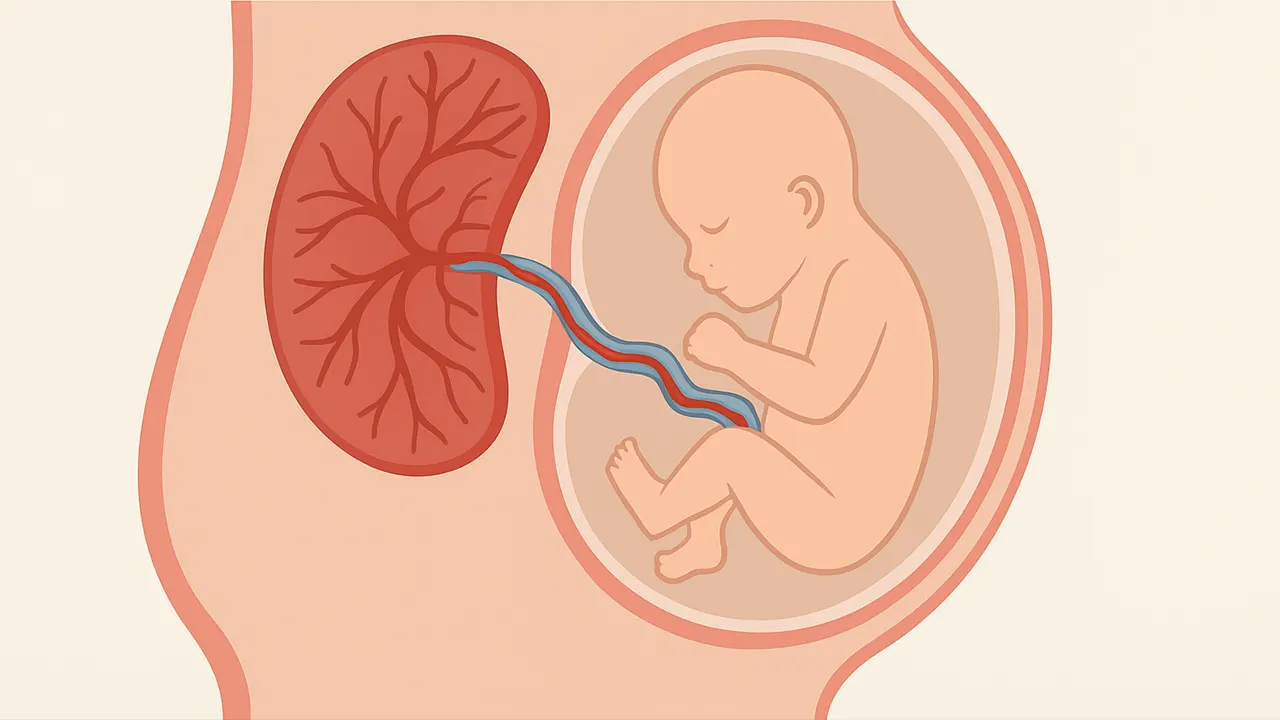Intracytoplasmic Sperm Injection (ICSI) is a sophisticated assisted reproductive technology (ART) primarily used to address severe male infertility. It involves the direct injection of a single sperm into an egg to facilitate fertilization. Since its introduction in the early 1990s, ICSI has revolutionized reproductive medicine, offering hope to countless couples facing infertility challenges. This article provides an in-depth exploration of ICSI, covering its history, procedure, success rates, advantages, disadvantages, ethical considerations, and future directions.
History of ICSI
Early Developments
ICSI was first developed in 1992 by Gianpiero Palermo and his team at the Vrije Universiteit Brussel in Belgium. This technique emerged as a solution to male infertility issues that traditional in vitro fertilization (IVF) could not address. The breakthrough came after years of research into micromanipulation techniques, which involve the precise handling of gametes (sperm and eggs) under a microscope.
Milestones in ICSI Development
- 1992: The first successful ICSI pregnancy was reported, marking a significant milestone in reproductive medicine.
- 1995: ICSI gained worldwide recognition and adoption by fertility clinics.
- 2000s: Advances in technology and refinement of techniques improved ICSI success rates and safety.
- 2010s: The introduction of time-lapse imaging and advanced genetic screening techniques further enhanced the success and precision of ICSI procedures.
Evolution of Techniques
As technology advanced, so did the techniques associated with ICSI. Micromanipulation tools became more refined, and embryologists developed more precise methods for handling sperm and eggs. These advancements significantly improved the success rates of the procedure.
Global Adoption
The widespread adoption of ICSI globally has been marked by significant growth in fertility clinics offering the procedure. Countries with advanced medical infrastructure saw rapid integration of ICSI into standard fertility treatments, leading to increased accessibility for couples worldwide.
The ICSI Procedure
Indications for ICSI
ICSI is recommended in the following scenarios:
- Severe male factor infertility (e.g., low sperm count, poor sperm motility, or abnormal sperm morphology).
- Previous IVF cycles with poor or no fertilization.
- Male infertility due to genetic conditions or previous vasectomy.
- Use of cryopreserved sperm or eggs.
- Unexplained infertility in couples.
Step-by-Step Process
- Ovarian Stimulation and Egg Retrieval: The female partner undergoes ovarian stimulation with hormonal medications to produce multiple eggs. These eggs are then retrieved through a minor surgical procedure called transvaginal ultrasound aspiration.
- Sperm Collection and Preparation: A semen sample is collected from the male partner or a sperm donor. The sample is processed to isolate the healthiest and most motile sperm.
- Sperm Injection: Using a specialized microscope and micromanipulation tools, a single sperm is injected directly into the cytoplasm of each mature egg. This process is highly delicate and requires precision.
- Fertilization and Embryo Culture: The injected eggs are incubated and monitored for signs of fertilization. Successfully fertilized eggs develop into embryos over the next few days.
- Embryo Transfer: One or more healthy embryos are selected and transferred to the female partner’s uterus. Any remaining viable embryos can be cryopreserved for future use.
- Pregnancy Test: Approximately two weeks after the embryo transfer, a pregnancy test is performed to determine if implantation has occurred.
Detailed Steps of Sperm Injection
- Selection of Sperm: The healthiest sperm is selected using high magnification.
- Immobilization of Sperm: The selected sperm is immobilized by breaking its tail.
- Microinjection: The immobilized sperm is drawn into a fine glass needle and injected into the egg’s cytoplasm.
- Egg Handling: The egg is held steady with a holding pipette while the injection is performed.
Success Rates
ICSI success rates vary based on several factors, including the age of the female partner, the quality of the sperm and eggs, and the expertise of the fertility clinic. On average, the live birth rate per ICSI cycle is around 30-40%, which is comparable to traditional IVF.
Factors Influencing Success
- Age of the Female Partner: Younger women generally have higher success rates with ICSI due to better egg quality.
- Sperm Quality: Higher sperm motility and morphology can improve fertilization and embryo development.
- Embryo Quality: The number and quality of embryos available for transfer significantly impact success rates.
- Uterine Health: A healthy uterine environment is crucial for implantation and pregnancy maintenance.
Improving Success Rates
- Optimizing Stimulation Protocols: Individualized ovarian stimulation protocols can improve egg quality and quantity.
- Advanced Embryo Culture: Using time-lapse imaging and embryoscope technology to monitor embryo development more closely.
- Genetic Screening: Preimplantation genetic testing (PGT) to select the healthiest embryos for transfer.
Long-Term Success
- Cryopreservation: Freezing high-quality embryos for future use can increase cumulative pregnancy rates.
- Lifestyle Factors: Encouraging healthy lifestyle choices for both partners, such as maintaining a healthy weight, avoiding smoking, and reducing alcohol consumption, can enhance success rates.
Advantages of ICSI
Overcoming Severe Male Infertility
ICSI provides a solution for couples where male infertility is the primary issue. By directly injecting a single sperm into an egg, ICSI bypasses many of the barriers that prevent natural fertilization.
High Fertilization Rates
ICSI has a high fertilization rate, often exceeding 70%. This is particularly beneficial in cases where traditional IVF has previously failed.
Use of Limited Sperm
ICSI can be performed with very few sperm, making it a viable option for men with extremely low sperm counts or those who have undergone procedures like testicular sperm extraction (TESE).
Genetic Testing
ICSI allows for preimplantation genetic testing (PGD) of embryos, helping identify genetic disorders before embryo transfer. This is crucial for couples with a history of genetic conditions.
Comprehensive Fertility Solutions
ICSI can be combined with other fertility treatments, such as IVF and sperm retrieval techniques, providing a comprehensive solution for various infertility issues.
Additional Benefits
- Minimizing Sperm Barriers: Overcomes issues related to sperm penetration and zona pellucida binding.
- Improved Embryo Development: Advances in culture techniques have improved the development and selection of high-quality embryos.
Personalized Treatment
- Tailored Protocols: Fertility treatments can be tailored to the specific needs of each couple, increasing the likelihood of success.
- Enhanced Monitoring: Continuous monitoring and adjustment of protocols based on patient response ensure optimal outcomes.
Genetic Screening
The use of genetic screening and selection in ICSI raises ethical concerns about eugenics and the potential for “designer babies.” It is essential to balance the desire for healthy offspring with respect for genetic diversity.
Future Directions in ICSI
Technological Advancements
- Time-Lapse Imaging: Advances in time-lapse imaging allow embryologists to monitor embryo development in real-time, improving embryo selection and increasing success rates.
- Artificial Intelligence: AI algorithms are being developed to assist in sperm and embryo selection, potentially enhancing the precision and outcomes of ICSI procedures.
- Genetic Editing: Emerging technologies like CRISPR-Cas9 offer the potential for precise genetic modifications, which could be used to correct genetic disorders at the embryo stage.
Improved Success Rates
- Optimized Stimulation Protocols: Research into individualized ovarian stimulation protocols aims to improve egg quality and increase the chances of successful fertilization and implantation.
- Enhanced Embryo Culture Systems: The development of more advanced embryo culture systems, including the use of dynamic culture media, can support better embryo development and higher implantation rates.
- Reducing Costs: Efforts are being made to reduce the costs associated with ICSI through technological innovations and more efficient clinic practices.
- Insurance Coverage: Advocacy for broader insurance coverage of fertility treatments can help make ICSI more accessible to a wider range of couples.
Innovations in Sperm Selection
- Microfluidic Devices: The development of microfluidic devices for sperm selection can improve the selection of the healthiest sperm, increasing the chances of successful fertilization.
- Magnetic Activated Cell Sorting (MACS): MACS technology can help select sperm with intact DNA, potentially improving embryo quality and pregnancy outcomes.
Integration with Other Technologies
- Integration with IVF: Combining ICSI with other advanced IVF techniques, such as mitochondrial replacement therapy, can enhance overall success rates.
- Use of Non-Invasive Prenatal Testing (NIPT): Incorporating NIPT to monitor embryo health and development without invasive procedures.
Global Collaboration
- International Research Collaborations: Promoting international research collaborations to share knowledge and advance the field of reproductive medicine.
- Standardizing Practices: Working towards standardizing ICSI practices across different regions to ensure consistent and high-quality care.
Conclusion
Intracytoplasmic Sperm Injection (ICSI) has revolutionized the field of reproductive medicine, offering hope to couples facing severe male infertility. While the procedure has numerous advantages, including high fertilization rates and the ability to use limited sperm, it also presents challenges such as high costs, technical demands, and ethical considerations. As research continues to advance, it is crucial to address these challenges and ensure that ICSI remains a safe, effective, and ethically sound option for those seeking to build their families.
By understanding the history, procedure, success rates, benefits, drawbacks, ethical implications, and future directions of ICSI, we can appreciate the profound impact this technology has had on reproductive medicine and the lives of countless individuals. The continued evolution of ICSI promises to enhance its effectiveness, accessibility, and ethical integrity, ultimately helping more couples realize their dreams of parenthood.


